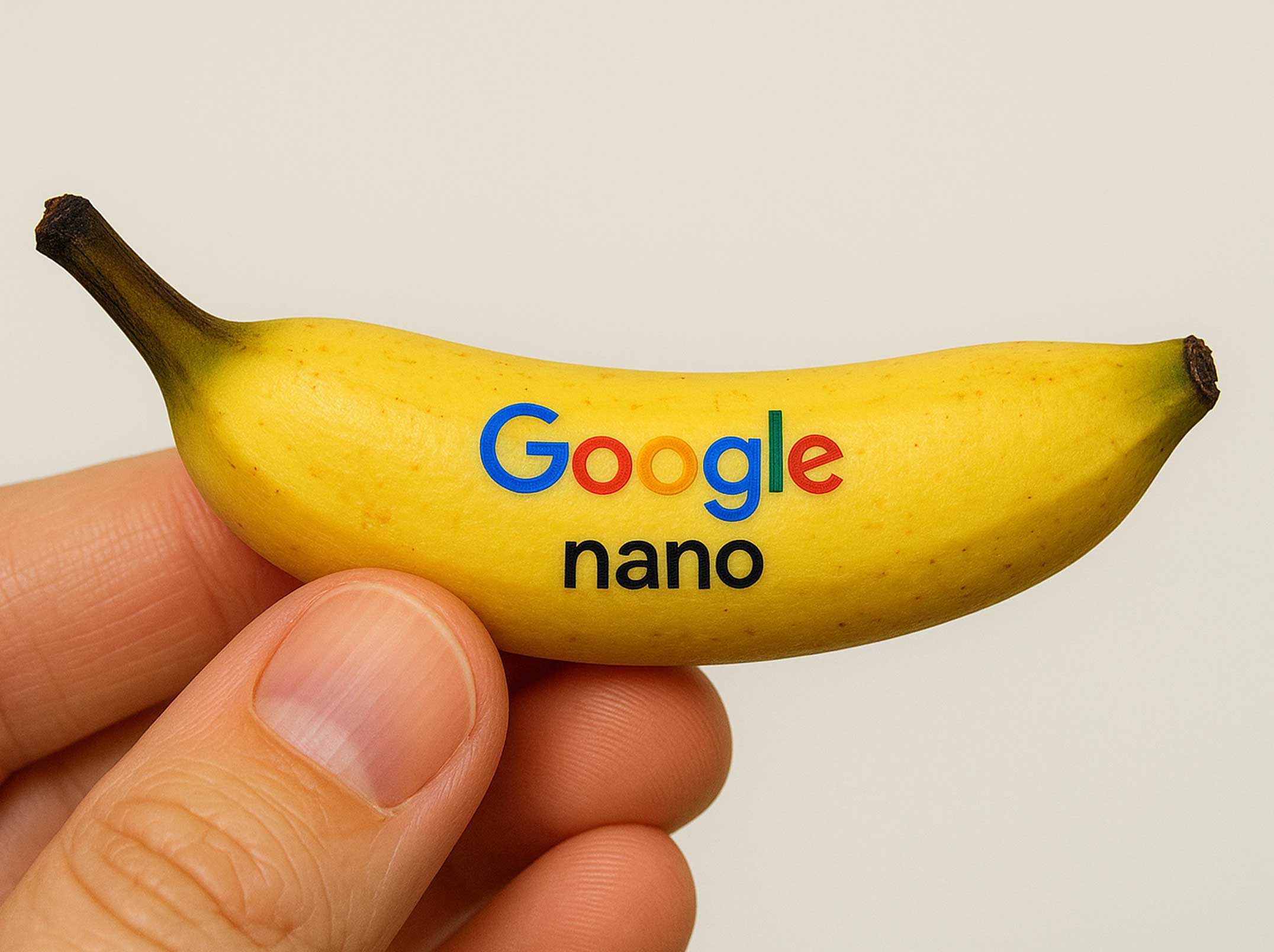Meta Tags AI Images to Fight Fake Content Online
New “AI-generated” tags will now appear across Facebook & Instagram.

Artificial intelligence has emerged as a powerful catalyst for creativity, communication, and problem-solving, yet its rapid advancement also introduces a complex challenge: the blurring of lines between authentic and fabricated content. From highly convincing deepfakes to AI-generated artwork that mirrors genuine photography, the digital landscape is increasingly populated with visuals that appear real but are entirely synthetic. This proliferation has intensified concerns around misinformation, manipulation, and a broader erosion of trust online. As AI-generated imagery saturates social platforms, users are finding it increasingly difficult to discern genuine photographs from artificial creations.
In response to this critical issue, Meta, the parent company of Facebook, Instagram, and Threads, is implementing a significant measure: the introduction of clear labels for AI-generated images. This initiative aims to foster greater transparency and empower users to make more informed judgments about the content they encounter. However, the pressing questions remain: how will this labeling system operate in practice, and will it truly be sufficient to rebuild trust in the visual information shared across these platforms? This article will delve into Meta's new policy, the underlying technological mechanisms, and its potential implications for the future of social media.
Why Meta Is Rolling Out AI Labels Now
Meta's initiative to label AI-generated images is a strategic response to the surging volume of synthetic media and increasing pressure from both regulatory bodies and the public. In recent years, readily accessible AI tools such as Midjourney, DALL·E, and Stable Diffusion have democratized the creation of highly convincing, fabricated images using simple text prompts. While these innovations offer immense potential for artists and creators, they have simultaneously opened the floodgates for widespread misinformation campaigns, elaborate hoaxes, and even targeted political manipulation.
A growing global concern among governments is the potential for unmarked AI-generated content to significantly sway public opinion, particularly during sensitive periods like elections and crises. Having faced scrutiny in the past regarding its response to misinformation, Meta is now proactively addressing this challenge. By implementing this new labeling system, Meta aims to balance fostering creative expression with safeguarding users from deceptive content. This move also aligns with broader industry efforts to establish more robust and standardized content authenticity measures across various digital platforms.
How the Labeling System Works
Meta's newly implemented labeling system is engineered for both prominence and informative value. When the platform's systems identify an image as having been generated by AI tools, a distinct yet unobtrusive label—such as “AI-generated” or “AI info”—will be visibly displayed directly on the image itself. This isn't fine print; the label is strategically placed to capture viewer attention without impeding the content's visibility.
The methodology for detecting AI-generated images combines multiple approaches. Meta leverages metadata analysis, examining embedded information within image files that can indicate AI origins. Crucially, the company has forged partnerships with various AI development firms that are integrating "invisible markers" or digital watermarks into the synthetic images their tools produce. Furthermore, Meta is empowering users by prompting those who upload AI-generated content to self-disclose its origin, thereby reinforcing the overall system's transparency.
Meta views this as an iterative process, committing to refine its labeling system as detection technologies advance and new AI creation tools emerge. The company underscores that the primary objective of this initiative is not to stifle creative expression but rather to furnish users with essential context, enabling them to critically assess and understand the nature of the visual content they encounter online.
The Challenges of Detecting AI Content
While Meta's ambitious initiative aims to bring much-needed transparency to AI-generated imagery, the reality of detection is far from simple. A significant challenge lies in the fact that many generative AI tools do not inherently embed identifying tags or metadata in their output. Furthermore, sophisticated creators can easily strip existing metadata or subtly alter images, making them harder for automated systems to flag. This fluidity raises legitimate questions about the ultimate effectiveness of any labeling system, especially as AI image generation technology continues its rapid advancement. Digital forensics experts frequently point out that even the most cutting-edge detection algorithms can struggle with nuanced manipulations or entirely novel forms of synthetic media.
Meta openly acknowledges these inherent difficulties, admitting that the system will not be infallible, particularly in its nascent stages. The company's strategy hinges on a multi-pronged approach: a combination of strategic partnerships with AI developers to encourage embedded markers, the evolution of industry-wide authenticity standards, and robust community reporting mechanisms. This pragmatic outlook reflects a fundamental truth in digital security: no single defense is perfect, but a layered and adaptive defense strategy can significantly mitigate risks and improve overall content authenticity over time.
Global Implications and Industry Reactions
Meta's proactive stance has already resonated throughout the tech industry, government circles, and among influential watchdog organizations. Many observers largely commend this as a critical step toward fostering greater transparency within an increasingly AI-permeated digital landscape. Consequently, other major social media platforms, including TikTok and X (formerly Twitter), are now facing heightened pressure to implement comparable measures, lest they lag in the ongoing battle against misinformation.
Globally, policymakers in both the European Union and the United States have largely endorsed Meta's initiative, seeing it as a valuable complement to forthcoming regulations aimed at digital content and AI accountability. However, a significant segment of critics cautions that mere labeling, in isolation, will not resolve the deeper, systemic issues underlying online trust and misinformation. Some argue that without more stringent enforcement mechanisms and clearly defined penalties for the malicious use of AI, the proliferation of AI-driven manipulation will likely persist. Nevertheless, Meta's pioneering effort is being closely monitored, potentially serving as a foundational blueprint for other companies grappling with the intricate challenges posed by synthetic media.
What This Means for Everyday Users
For the average user navigating their social media feeds, these new AI labels have the potential to become a crucial component of digital literacy. The presence of a clear marker indicating an image is AI-generated encourages a moment of pause, prompting users to critically assess the content's context before engaging, sharing, or reacting. This cognitive stop-and-consider moment is particularly vital in scenarios where AI images are strategically deployed to manipulate emotions, sway public opinion, or disseminate false narratives.
However, the widespread implementation of AI labels may also introduce new user challenges. Some individuals might perceive the constant presence of these labels as distracting or even begin to question their inherent accuracy, especially as AI generation techniques become increasingly sophisticated. Meta plans to address these potential pitfalls by supplementing the labels with accessible educational resources. These resources aim to clarify what AI-generated content truly entails and underscore its broader societal implications, thereby empowering users with a deeper understanding. Ultimately, the broader ambition is that these labels will not only act as a deterrent for malicious actors but also cultivate a more discerning and informed approach to consuming digital content across the entire user base.
Final Thoughts
Meta's proactive initiative to label AI-generated images marks a significant stride in the complex and ongoing struggle against digital deception. As synthetic media continues to advance in sophistication and permeate online spaces, such measures are poised to play a crucial role in re-establishing a degree of trust in digital content. However, labeling, while vital, represents only one dimension of a multi-faceted challenge. To truly combat the pervasive issue of misinformation, platforms must commit to continuous technological improvement, foster robust collaboration with other industry leaders and research institutions, and prioritize widespread public education on digital literacy, specifically around AI-generated content.
For the present, Meta's move sets a notable precedent within the social media landscape, delivering a clear and unambiguous message: in the burgeoning age of AI, transparency is no longer a discretionary choice but a fundamental requirement. Whether this singular step will fundamentally alter user behavior or significantly curb the malicious deployment of AI remains an open question. Nevertheless, it undeniably constitutes a progressive and necessary action. As our digital environments continue to evolve at an accelerated pace, so too must the tools and strategies we employ to understand, navigate, and engage with them responsibly.
Subscribe to our newsletter
Stay informed with the latest marketing trends, expert insights, and exclusive updates delivered monthly.




